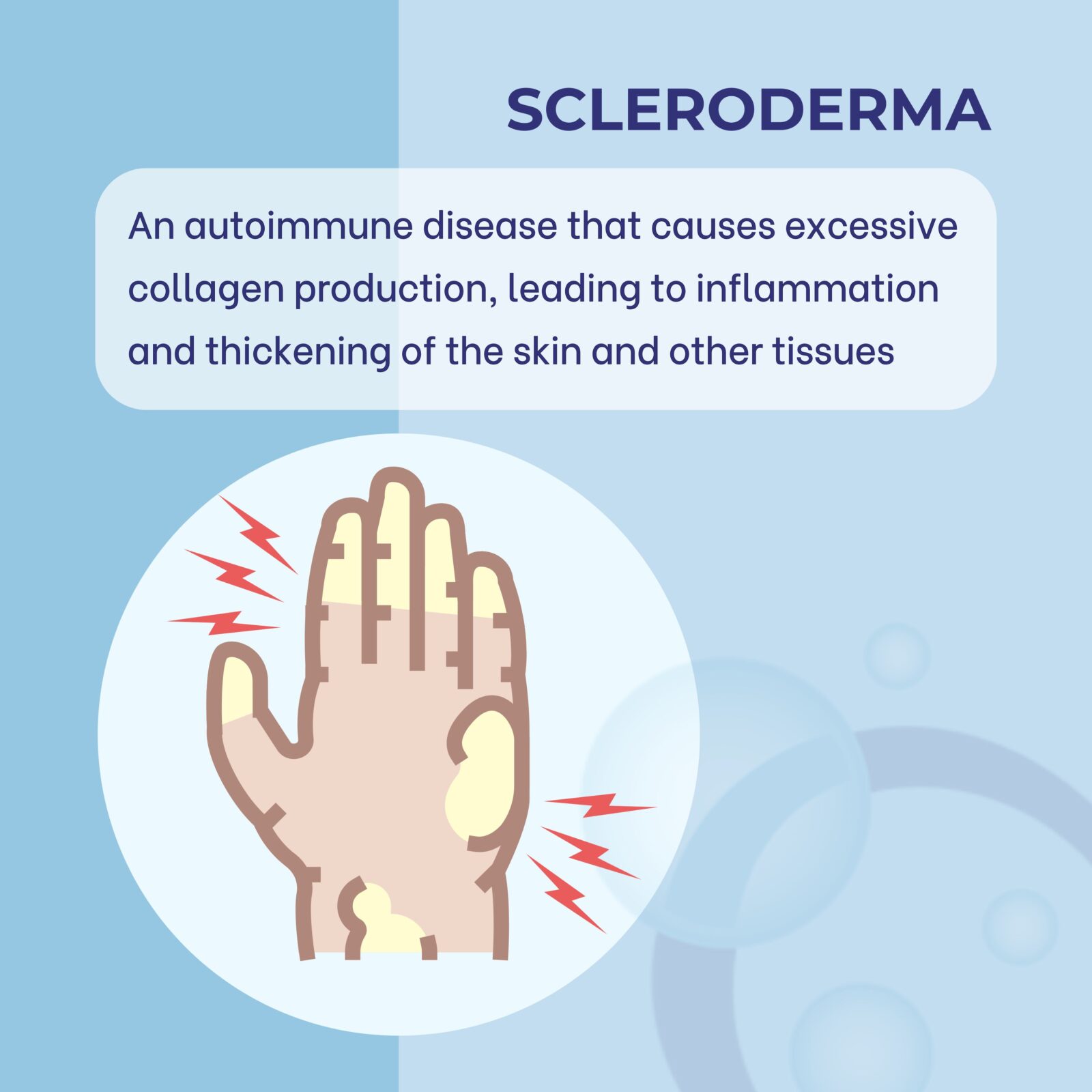
Analyzing the Use of Hyperbaric Oxygen Therapy (HBOT) in Managing Chronic Conditions: Focus on Scleroderma and Quality of Life
Chronic conditions, particularly autoimmune and inflammatory disorders like scleroderma, present significant challenges to both patients and healthcare providers. These conditions can result in debilitating symptoms, including pain, limited mobility, and organ dysfunction, all of which can severely impact a patient’s quality of life. Traditional treatments often aim to manage symptoms rather than address the root causes, leaving patients with few options for substantial relief. However, recent advancements in alternative therapies, particularly Hyperbaric Oxygen Therapy (HBOT), have begun to show promise in improving the lives of those suffering from chronic conditions. In this post, we will explore the role of HBOT in managing chronic conditions, specifically scleroderma, and its potential impact on patients’ overall well-being.
Understanding Scleroderma and Its Challenges
Scleroderma is a rare and complex autoimmune disorder that involves the thickening and hardening of the skin and connective tissues. This condition can also affect internal organs such as the heart, lungs, kidneys, and digestive system. Symptoms vary from mild to severe, but common experiences include skin tightening, joint pain, digestive difficulties, and in more advanced cases, organ failure. Given its multifaceted nature, managing scleroderma often requires a multi-disciplinary approach involving medications, physical therapy, and lifestyle adjustments.
One of the most difficult aspects of living with scleroderma is the progressive nature of the disease. As the condition worsens over time, patients may face a declining quality of life, with reduced mobility, chronic pain, and constant monitoring of vital organ functions. Traditional treatments, such as immunosuppressants or steroids, help to manage inflammation but come with side effects that may further complicate the patient’s condition. This is where Hyperbaric Oxygen Therapy (HBOT) comes in as an innovative approach to improving both symptoms and quality of life.
What Is Hyperbaric Oxygen Therapy (HBOT)?
Hyperbaric Oxygen Therapy involves breathing pure oxygen in a pressurized chamber, which allows the lungs to take in more oxygen than would be possible at normal atmospheric pressure. This increased oxygen saturation can enhance tissue repair, reduce inflammation, and stimulate healing. HBOT has been widely used for a variety of conditions, including wound healing, carbon monoxide poisoning, and even certain neurological disorders. In recent years, its potential benefits for patients with chronic conditions like scleroderma have been explored, with promising results.
The Mechanisms Behind HBOT’s Effectiveness
HBOT works through several key mechanisms that make it effective in treating chronic conditions:
- Enhanced Oxygenation: Oxygen is delivered to tissues and organs in higher concentrations, which helps to improve cellular function and repair damaged tissues.
- Reduced Inflammation: HBOT has been shown to decrease the levels of pro-inflammatory cytokines, which play a role in autoimmune conditions like scleroderma.
- Collagen Synthesis: For conditions like scleroderma that involve the accumulation of collagen, HBOT can aid in collagen remodeling and prevent further fibrosis.
- Improved Circulation: Increased oxygen levels help to promote angiogenesis (the formation of new blood vessels), which can improve circulation, particularly in areas affected by poor blood flow.
These mechanisms make HBOT an attractive option for patients with scleroderma, as it addresses some of the core symptoms and complications of the disease.
The Impact of HBOT on Quality of Life in Scleroderma Patients
The use of HBOT in managing scleroderma has shown positive effects on various aspects of patients’ health and well-being. Here are some of the key improvements observed:
- Pain Reduction
- Chronic pain is a hallmark of scleroderma, affecting joints, muscles, and internal organs. Studies have indicated that HBOT can significantly reduce pain by promoting tissue repair and reducing inflammation. Many patients report feeling a noticeable decrease in joint stiffness and pain after completing a series of HBOT sessions.
- Improved Skin Flexibility
- One of the most common and distressing symptoms of scleroderma is skin tightening and fibrosis. As HBOT helps to increase oxygenation and collagen remodeling, many patients experience improved skin elasticity and reduced tightness, which leads to greater mobility and comfort. This, in turn, has a positive impact on self-esteem and body image, which can often suffer due to the visible effects of the disease.
- Enhanced Physical Function
- Patients with scleroderma often struggle with mobility due to joint and muscle stiffness. HBOT’s role in improving circulation and reducing inflammation can help restore some physical function, enabling patients to engage in activities they might otherwise avoid due to pain or immobility. This improvement in physical function contributes directly to an enhanced quality of life, as patients can participate in daily tasks and enjoy a more active lifestyle.
- Better Organ Health
- Although scleroderma primarily affects the skin, its systemic nature means that it can also harm vital organs. The enhanced oxygen delivery that occurs with HBOT can help improve organ function, particularly in the lungs and kidneys, where blood flow and oxygenation may be impaired. While HBOT is not a cure for organ damage, it may help to stabilize or even improve organ function, preventing further complications.
- Psychological Well-Being
Living with a chronic condition like scleroderma can take a toll on a patient’s mental health. Many people with autoimmune disorders experience depression and anxiety due to the persistent nature of their symptoms. The physical benefits of HBOT, such as reduced pain and improved mobility, can have a profound impact on mental health, boosting mood and reducing feelings of helplessness. Patients who report improvements in their physical condition often experience a renewed sense of hope and empowerment.
Conclusion
Hyperbaric Oxygen Therapy represents a promising avenue for improving the lives of individuals with chronic conditions like scleroderma. By enhancing oxygenation, reducing inflammation, and promoting tissue repair, HBOT can help manage symptoms, improve physical function, and enhance quality of life. Although it may not replace traditional treatments, its potential as a complementary therapy offers hope for patients seeking relief from the debilitating effects of chronic conditions.